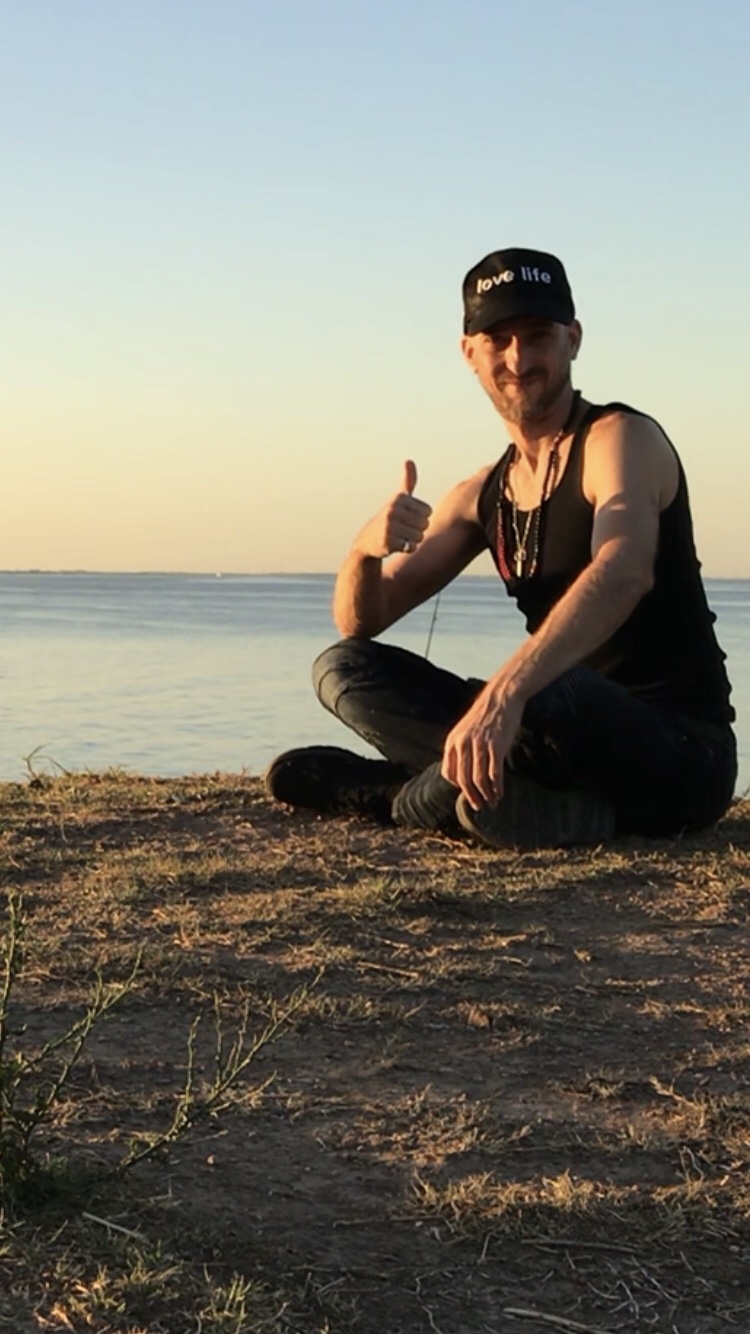Power Yoga vs Ashtanga Yoga – What is the Difference?
by Fred Busch

What is Power Yoga?
Many people are curious to what is the exact difference between Power Yoga vs Ashtanga Yoga and this article will explore this topic in detail. There are many styles of Power Yoga but this exposition will focus on Fred Busch Power Yoga as taught in Miami and South America.
Power Yoga as taught by Fred Busch is a practice that delivers the deepest teachings of Yoga within a well constructed Fred Busch Power Yoga always focuses on the quality of the breath as a gateway to the quality of mind and is both safe and very challenging to students of all levels.
Is it really possible that Fred Busch Power Yoga is better than Ashtanga Vinyasa Yoga which is from India?First of all there are always going to be the 10% or so whose personality and body types gravitate towards the Ashtanga Vinysasa system but when we say better in this case we are talking about for the other 90% of Yogis.
It is possible yes but only because of the way Ashtanga Vinyasa Yoga is being taught around the world. Ashtanga Vinyasa Yoga is being instructed to a student base that it was never designed for. Ashtanga Vinyasa Yoga was created for teenage boys in India not for adults.
Teachers of Ashtanga Vinyasa Yoga are adjusting students with heavy handed adjustments driven by ego and misunderstanding of what advanced yoga means.
With only the occasional exception this is creating an epidemic of injuries that often lead to doctor visits or hospitalization.
Fred Busch Power Yoga has all the positive elements drawn from Ashtanga Vinyasa Yoga. For example:
-Dynamic challenging sequences that bring strength and suppleness.
– Moving Meditation with Ujjayi Breathing
– Discipline of Self Practice
But in addition to these elements Fred Busch Power Yoga also:
-Emphasizes the self-realization aspect of Yoga rather than just the asana development
– Emphasizes safety and individual application of the Yoga System
– Focuses on the skills of enlightenment in daily life
– Talks about eating with Ahimsa (plant based eating)
– Has Fred Busch’s ‘Healing Sequences’ to help students Heal Injuries
– Has Fred Busch’s ‘ Massage Therapy for Yoga’ working on Trapezius muscle and foot massage
– Is designed and adaptable to all levels of physical practice with safety
– Considers the meditation at the end of practice to be the most important part.
Yoga, according to Fred Busch, founder of Fred Busch Power Yoga ‘must be a multidimensional practice offering benefits on many levels and traditions that are not respectful of student’s individual requirements are not offering the most effective practice.’
Let’s talk a bit more about this subject of Power Yoga vs Ashtanga Vinyasa Yoga because there are a lot of similar sounding names flying around that people use without precision. We first need to make sure that we know what we are talking about.
When it comes to Ashtanga Yoga does anybody know that the real name is Ashtanga Yinyasa Yoga?
It seems like they are the same thing because they share a name.: Both are using the name Ashtanga!
Ashtanga means ‘Eight Stages or Steps’ or Eight Limbs and is from Patanjali’s Yoga Sutras and is describing a series of steps that lead to Samadhi through Meditation.
Ashtanga Yoga is the Eight Limbs: Yama, Niyama, Asana, Pranayama, Pratyahara, Dharana, Dhyana, Samadhi (super-consciousness or enlightenment)
The 5 Yamas are things that you don’t want to on the spiritual path so that you can peace of mind and heart. For example to live in peace a person would not want to hurt things, waste energy, steal, don’t want to speak untruths, don’t want to horde.
What is Ashtanga Vinyasa Yoga?
Ashtanga Vinyasa Yoga is a combination of Scandinavian Gymnastics and Hatha Yoga and is a fixed series of Poses linked together by the breath in a specific meditative choreography. Students of Ashtanga Vinyasa are advised to master asanas in order to be able to advance to the next series of where there are 5 total series.
This leads to a possible misunderstanding that a person’s level of attainment in Yoga can be measured by their asana practice. This leads Ashtanga Yoga students to be injured.
Advanced Asana means Advanced Yoga is not the case because Yoga not gymnastics and physical expressions of strength and flexibility can be performed by any high school gymnast.
That which is known as Ashtanga or Ashtanga yoga in Yoga Studios is actually ‘Ashtanga Vinyasa Yoga’. Ashtanga Yoga as discussed earlier is the 8 Limbs of Patanjali and is about meditation not accomplishing asana.
There are many positive elements to the Ashtanga Vinyasa System. These include:
A culture of disciplined self-practice., a moving meditation experience, a challenging and dynamic physical asana sequence that brings strength and suppleness, and a use of a specific type of breathing (pranayama) called Ujjayi or victorious breath which helps to heat and purify the mind and body.
There are also many non-positive elements to the Ashtanga Vinyasa System:
Yoga Poses are often mistaken for advanced Yoga and students are pushed which causes many injuries that are serious in nature. Many valuable yoga postures are not offered because they occur in later series.
Yoga Teachers in Ashtanga Yoga are very poorly trained because they are not trained to teach yoga. Ashtanga Vinyasa Yoga teachers simply get authorized to teach upon going to India and demonstrating mastery of the choreographies and asanas. There is no training in anatomy or is their emphasis in the foundational spiritual laws of Yoga.